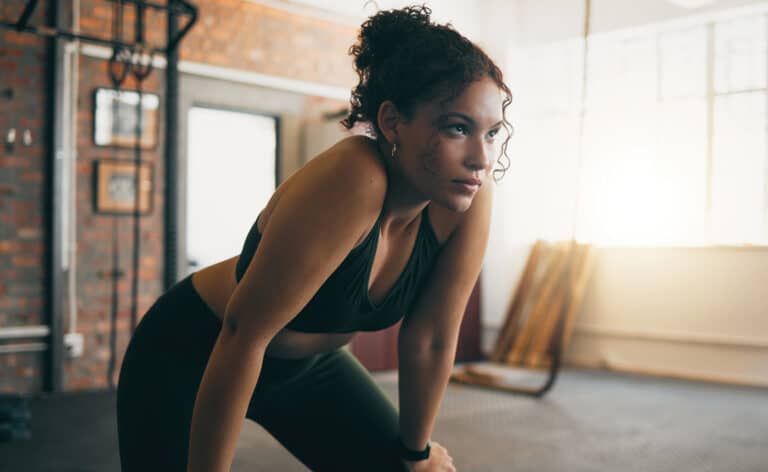Maintaining a safe workout routine through winter’s ice, snow, and freezing temperatures
Fact checked by Shannon Sparks
Do you welcome the arrival of the winter months? Or do you dread the shorter days — the cold (sometimes bitterly so) temperatures and unpredictable snowfalls that Chicago winters can bring? Whether you revel in bracing the winter air or would rather stay home curled up under a favorite blanket, there’s no question that winter can throw a chilly wrench into your fitness regime — especially if you like to exercise outside.
Fortunately, having a plan can help you stay active even during the coldest months. Jodie Needham, a personal trainer, nutritionist, and public speaker, prefers the word “activity” over “exercise” — no matter the season.
“Most people assume that exercise is for a set period of time and that it’s a really difficult task,” she says. “When you look at movement as activity, you’re more likely to open up your variety of options.”
And in winter especially, this view of activity vs. exercise may help you keep moving despite the ice, snow, and bitter wind chill that derail many people’s exercise plans. “In the summer, it’s easier to get outside and get activity — and fresh air — in,” says Needham, of Pleasant Prairie, Wisconsin. Here, she shares tips on how to prevent the winter weather from getting in the way of staying fit.
Dress for success
With the right gear, cold weather need not force you indoors. “I always say, ‘There’s no bad weather — there’s only bad clothing,’” Needham says. “If it’s cold outside, you will warm up through activity. If you can bear the first few minutes and get your heart rate going, you’ll warm up.” And you can always remove layers as you progress, including a hat and gloves.
If it’s icy or slippery outside, however, you should move indoors. Indoor malls often open early to let walkers get their steps in. A gym or health club with an indoor track or treadmills offers another option. “Say you love to walk. Look for an indoor option for your outdoor activity, like a treadmill app that will challenge you on it,” Needham says.
Break it up
Snowbound and stuck at home? Get creative. “Short bouts of movement can be more helpful than a longer period of activity,” Needham says. “Think about when you can sneak in some movement. You can do 10 calf raises or march in place while your coffee is brewing. Or try ‘gym Johns.’ Every time you go to the bathroom, you do 10 pushups from the table or 10 squats.”
These small changes can make a big difference. Just do the math: If you get up and walk for five minutes every hour of your workday, that’s 40 minutes of activity — with minimal effort.
Consider online options
If you’re home and want a more traditional exercise class, there are plenty of online workout options on YouTube. Or see if in-person classes offer an online or virtual option, which makes you more accountable — and lets the instructor check your form and offer encouragement.
Hire a trainer
Even better? Mix up your routine by hiring a personal trainer. “A coach or trainer will understand your movement patterns and see what needs to happen to progress you,” Needham says. And if you have injuries or limitations, like knee pain or arthritis, a trainer can help you work around them — and create a program you can follow on your own, after your sessions end.
Just make sure that you make activity a priority, especially during the winter doldrums. Movement can elevate your mood, even on the shortest, darkest days.
“Movement is medicine — the best medicine for anxiety, stress, and depression,” Needham says. “If you continue to push yourself physically, you can continueto be healthy. It’s not about being perfect, it’s about consistency. Keep moving.” It’s about staying warm, active, and in shape all winter long.
Originally published in the Fall 2024/Winter 2025 print issue.

Kelly K. James is a longtime freelancer who covers health, fitness and wellness topics from Downers Grove, where she lives with her family.












